America is packed with famous monuments that everyone knows about, but there’s a whole world of incredible historic sites hiding in plain sight. These lesser-known treasures tell amazing stories about our country’s past that you won’t find in most history books. From ancient Native American sacred places to Cold War relics, these hidden monuments offer a deeper, more surprising look at American history than what you’ll see on postcards.
1. Deer Medicine Rocks – Montana
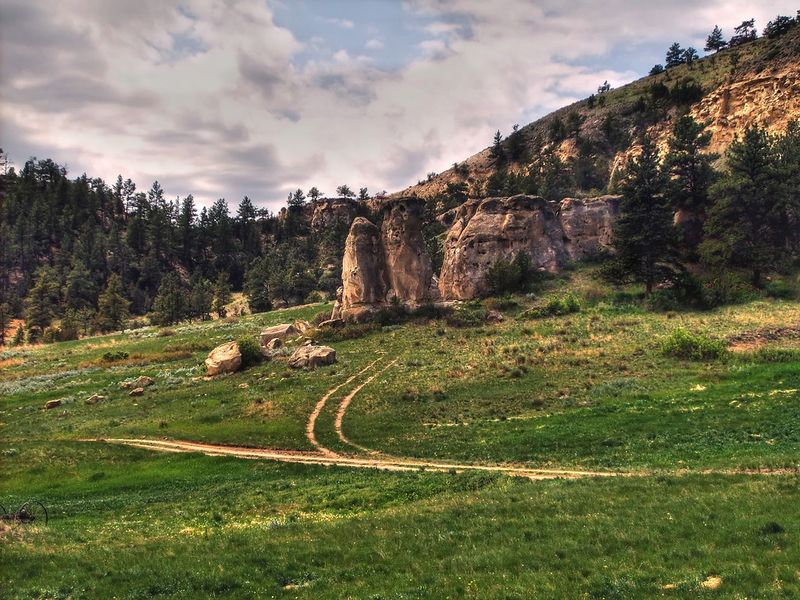
Hidden in the Montana plains stands a sandstone masterpiece etched with the visions of Native American history. Deer Medicine Rocks earned its place as a National Historic Landmark because of one powerful moment: Sitting Bull’s vision of soldiers falling upside down into camp, which foretold victory at the Battle of Little Bighorn.
The rock’s surface tells stories through hundreds of petroglyphs, some dating back 3,000 years. Located on private ranch land, visits require special permission, making this spiritual site even more mysterious and protected.
2. Chamizal National Memorial – El Paso, Texas
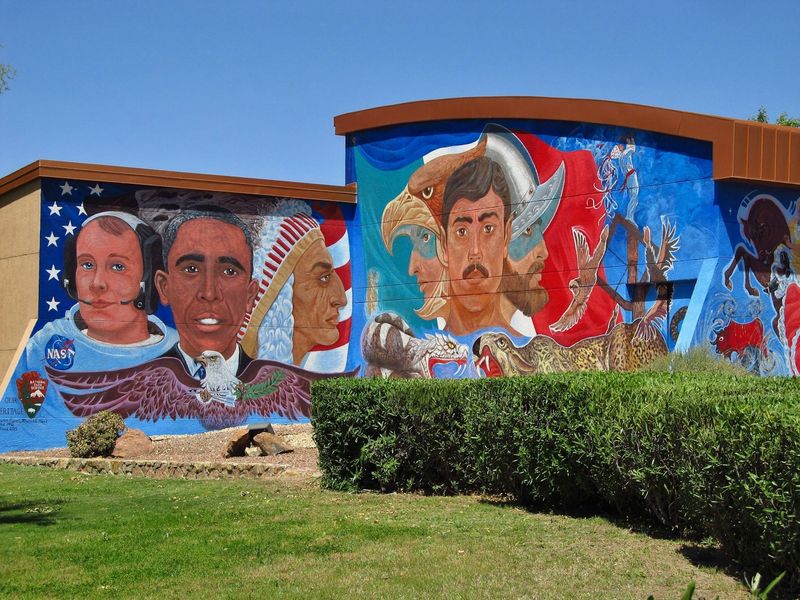
Nestled along the Rio Grande, this peaceful park celebrates something rare: a diplomatic victory instead of a battlefield triumph. For nearly a century, the shifting river created a border dispute between the U.S. and Mexico until both countries finally reached a peaceful solution in 1963.
The memorial’s beautiful grounds include an amphitheater hosting cultural events celebrating both nations’ heritage. Murals throughout the site tell the story of the land dispute and resolution. Most visitors are surprised to learn that this monument stands as a symbol of friendship between neighbors rather than conflict.
3. African Burial Ground National Monument – New York, NY
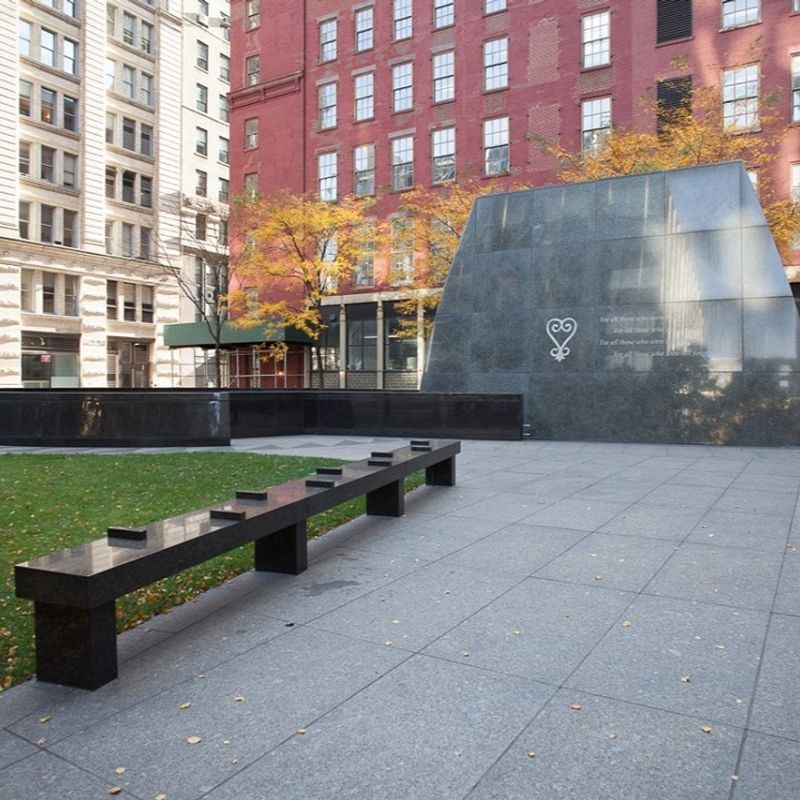
Beneath the towering skyscrapers of Lower Manhattan lies a profound piece of forgotten history. Construction workers in 1991 accidentally uncovered something remarkable: the remains of over 15,000 free and enslaved Africans buried during the 17th and 18th centuries.
This sacred ground had been paved over and forgotten as the city grew. Today, a dignified memorial marks this rediscovered cemetery where ceremonies honor the ancestors. The site’s visitor center reveals the untold stories of early Black Americans who helped build New York while their contributions were erased from history books.
4. Hovenweep National Monument – Utah/Colorado Border
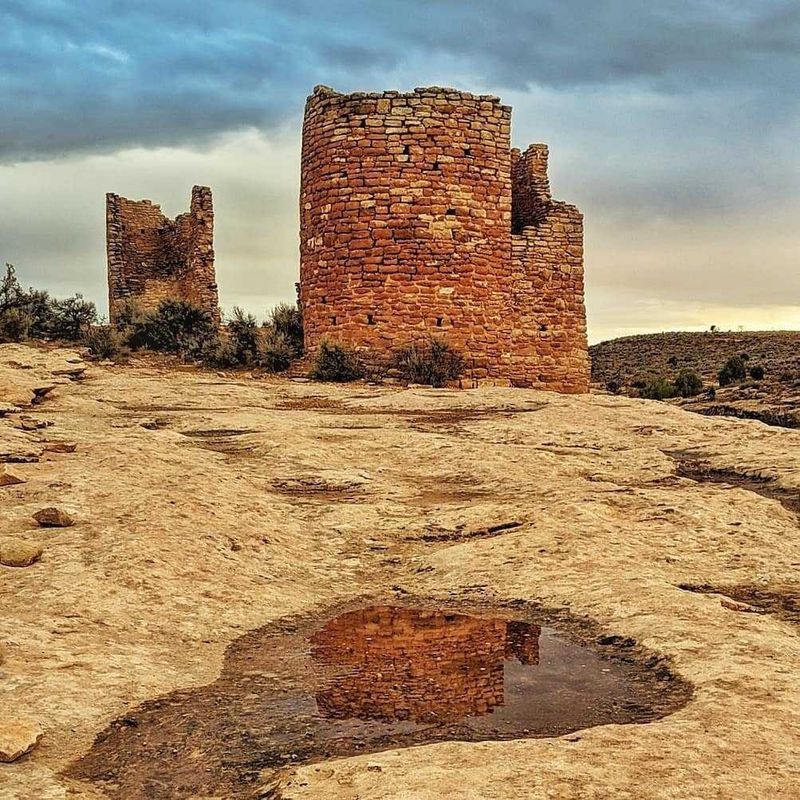
Mysterious stone towers rise from the desert landscape like ancient skyscrapers, their purpose still debated by archaeologists today. Built by ancestral Puebloans around 1200 CE, these remarkable structures demonstrate sophisticated engineering using only simple tools.
The name “Hovenweep” means “deserted valley” in the Ute language, perfectly capturing the haunting emptiness that surrounds these ruins. Visitors can hike between six different village sites scattered across the Utah-Colorado border. The monument’s remote location means light pollution is minimal, making it an incredible spot for stargazing – the same stars that guided the original builders centuries ago.
5. Ocmulgee Mounds National Historical Park – Macon, Georgia
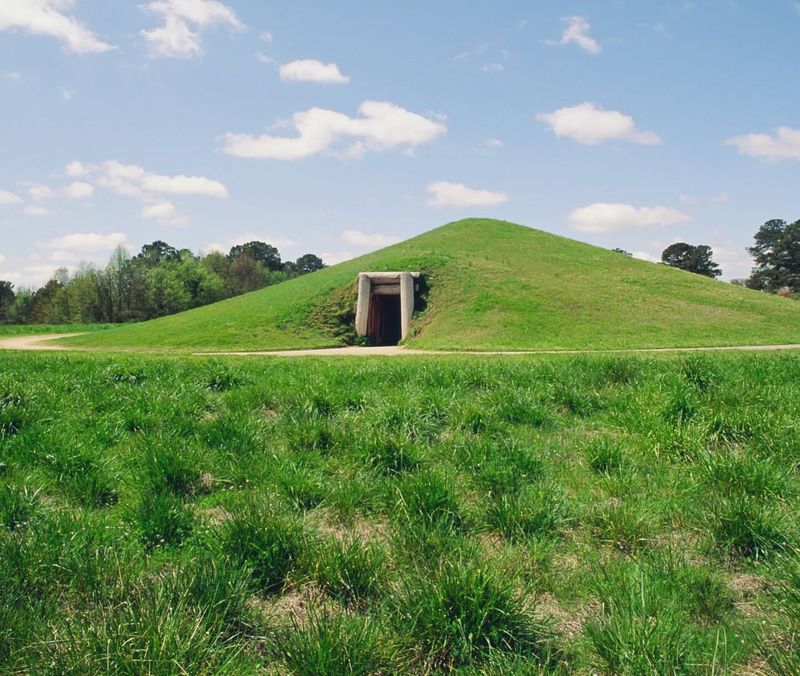
Rising dramatically from Georgia’s red clay soil, these massive earthen mounds stand as testament to an advanced civilization that flourished long before European contact. Native Americans shaped these impressive structures by hand, one basketful of earth at a time, creating a ceremonial center that served as their spiritual and political headquarters.
The Great Temple Mound towers seven stories high, offering panoramic views of the surrounding landscape. Archaeological excavations have revealed a continuous human presence spanning an astonishing 17,000 years. The reconstructed Earth Lodge, with its original 1,000-year-old clay floor featuring a bird effigy, allows visitors to step directly into the sacred space of the ancient ones.
6. New Echota Historic Site – Calhoun, Georgia
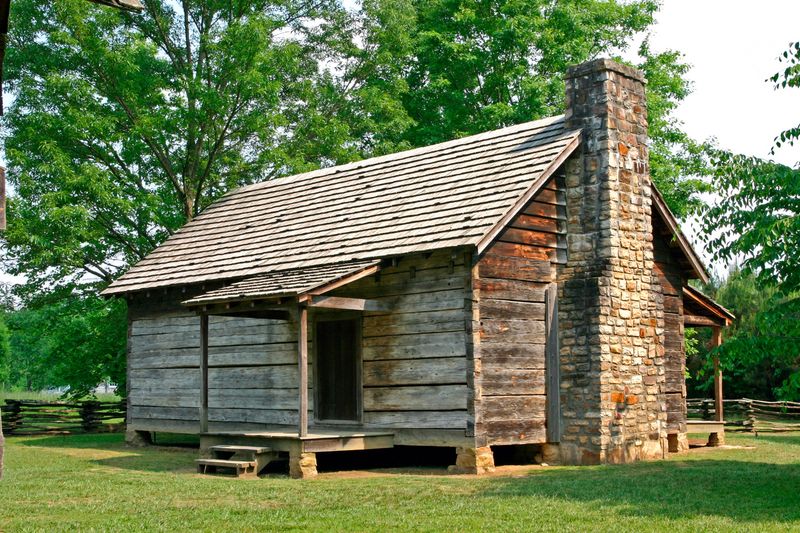
Walking through this reconstructed town feels like stepping into a forgotten chapter of American history. New Echota served as the capital of the Cherokee Nation from 1825 until the forced removal known as the Trail of Tears.
The site features the original Supreme Court building and reconstructions of the Council House where tribal laws were created. Most remarkable is the print shop that housed the Cherokee Phoenix, the first Native American newspaper printed in both English and Cherokee using Sequoyah’s revolutionary syllabary.
Few visitors realize that this peaceful site witnessed the birth of a sophisticated Cherokee government modeled after the U.S. Constitution – a government that would later be dismantled through forced removal.
7. El Morro National Monument – New Mexico
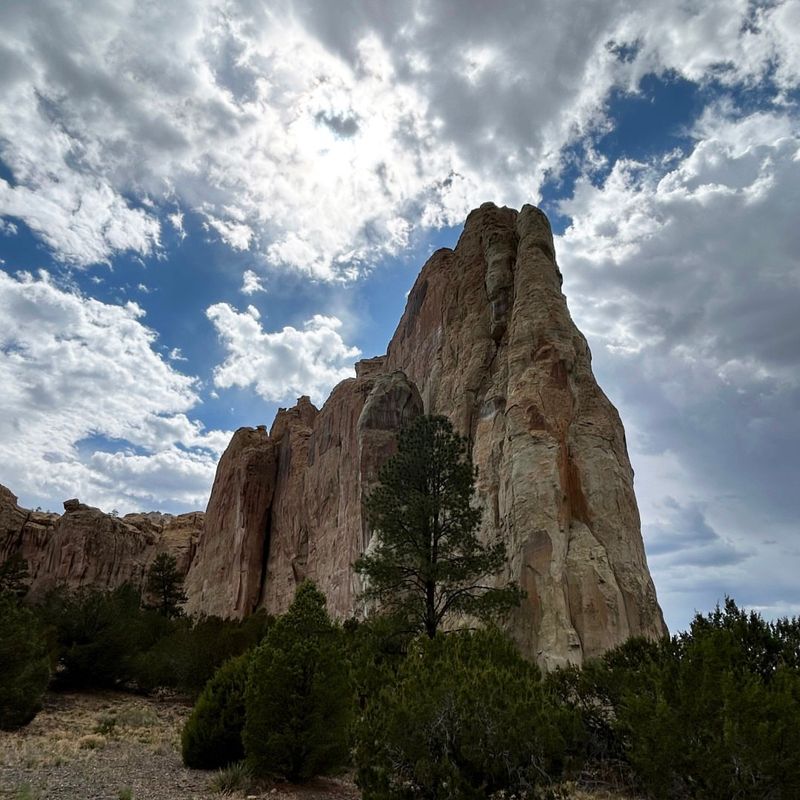
Rising from the New Mexico desert, this massive sandstone bluff has served as nature’s guest book for over 700 years. Travelers seeking the reliable water pool at its base left their marks in stone – creating a timeline of human history carved directly into the rock face.
Ancestral Puebloan petroglyphs share space with Spanish conquistador signatures from the 1600s. American pioneers later added their names alongside elaborate messages. One inscription from 1605 by Don Juan de Oñate predates the Plymouth Colony by 15 years.
A moderate hike leads to the top of the mesa where ancient pueblo ruins reveal a thriving community that once lived atop this natural fortress.
8. Knife River Indian Villages – North Dakota
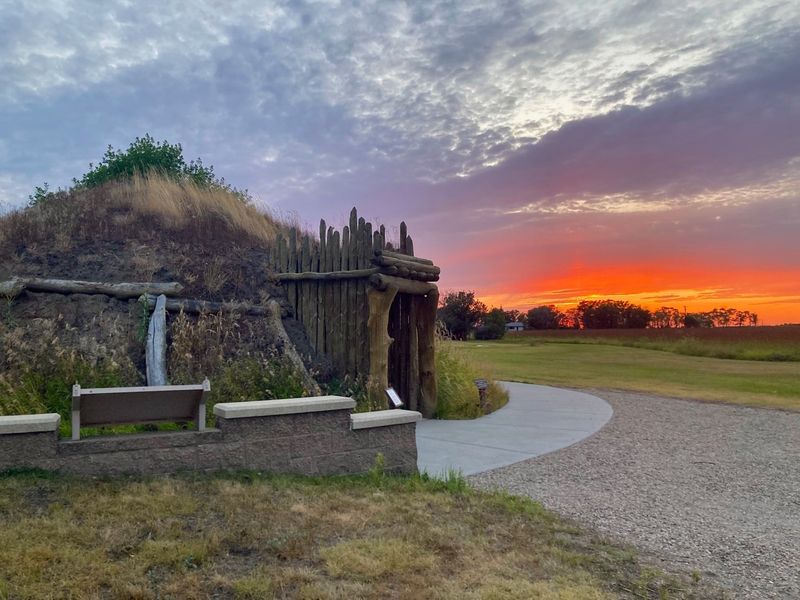
Circular depressions dot the peaceful landscape along the Knife River, each marking the location of an earthlodge home where Hidatsa and Mandan people once thrived. This archaeological wonderland preserves one of the largest and most important Native American trading centers on the Northern Plains.
Lewis and Clark wintered nearby in 1804, meeting Sacagawea who would become their guide. The reconstructed earthlodge gives visitors a glimpse into the ingenious design of these homes – comfortable in both bitter Dakota winters and scorching summers.
Artifacts uncovered here reveal sophisticated agricultural practices and extensive trade networks that stretched across North America long before European arrival.
9. César E. Chávez National Monument – Keene, California
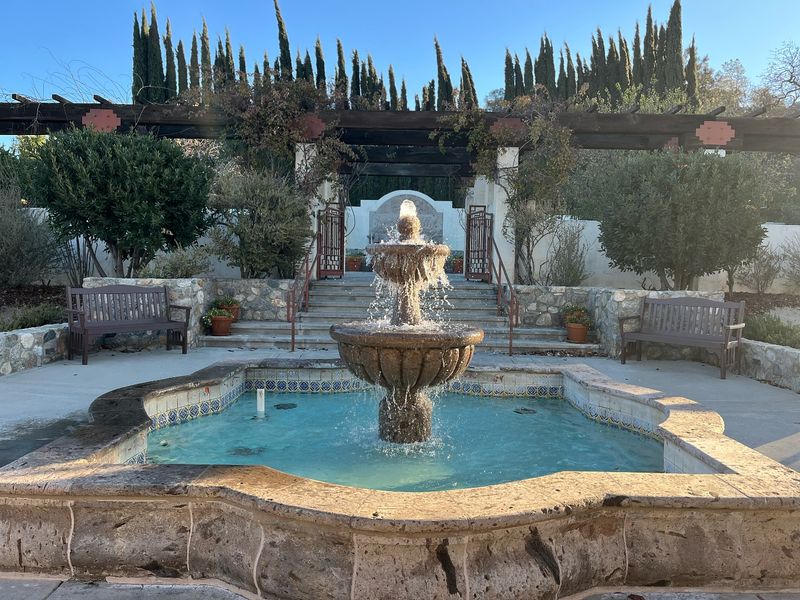
Tucked away in California’s Tehachapi Mountains sits La Paz, the headquarters and final resting place of one of America’s most influential civil rights leaders. César Chávez led the farmworker movement from this peaceful compound, fighting for basic human dignity through nonviolent resistance inspired by Gandhi and Martin Luther King Jr.
Visitors can see Chávez’s modest office preserved exactly as he left it, with his well-worn chair and simple desk. The memorial garden where he is buried features a rose garden and fountain designed for quiet reflection.
The visitor center tells the powerful story of how farmworkers organized against tremendous odds to secure basic rights many Americans take for granted.
10. Scotts Bluff National Monument – Nebraska
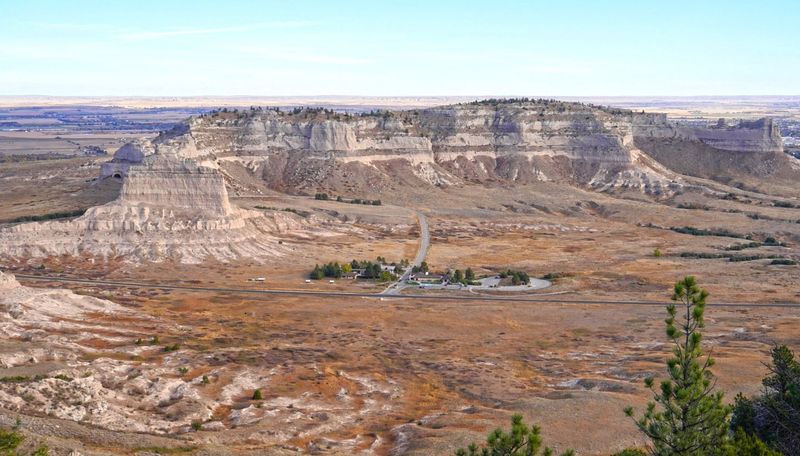
Rising 800 feet above the North Platte River, these dramatic cliffs served as a landmark beacon for pioneers traveling the Oregon Trail. Wagon wheel ruts still visible in the prairie tell the story of the 350,000 settlers who passed by these towering bluffs on their journey west.
The monument preserves both natural wonders and human history. A paved road spirals to the summit, offering breathtaking panoramic views across three states. The visitor center houses original watercolor paintings by frontier artist William Henry Jackson.
Unlike the crowded national parks, you’ll often find yourself alone here, imagining the mix of hope and hardship felt by pioneers as they reached this crucial milestone on their westward journey.
11. Minuteman Missile National Historic Site – South Dakota
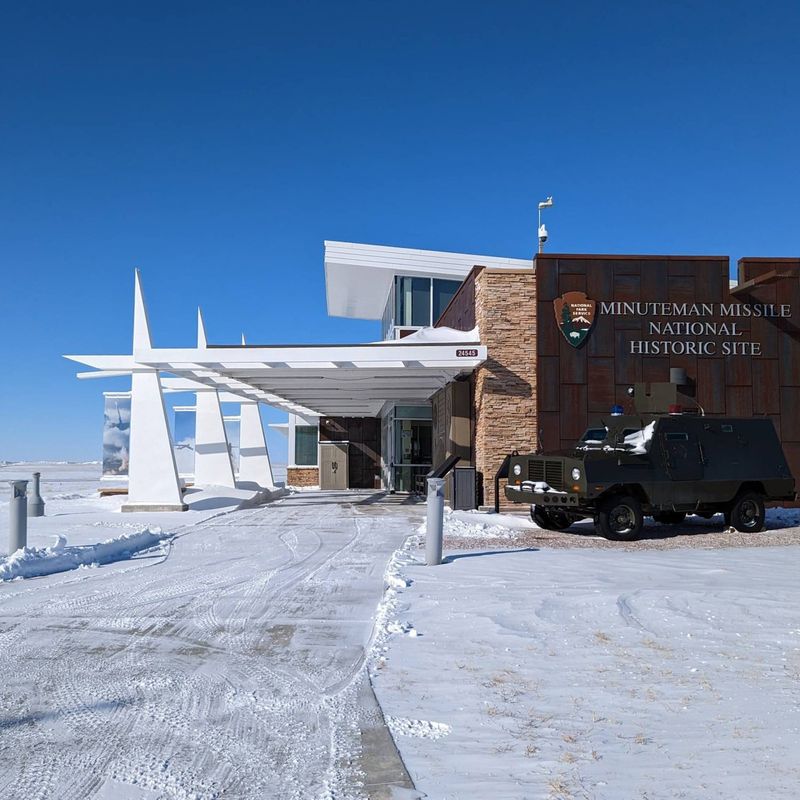
Beneath the rolling prairie of South Dakota once lurked the ultimate Cold War secret: nuclear missiles capable of reaching the Soviet Union in 30 minutes. This fascinating site preserves the last remaining Minuteman II missile silo and launch control facility in their original condition.
Visitors descend 31 feet underground into the launch control center where two officers stood ready 24/7 to launch nuclear weapons if ordered. The stark contrast between the peaceful landscape above and the apocalyptic purpose below is chilling.
Most Americans never knew these 1,000 missiles were scattered across the heartland, ready to respond to the constant threat of nuclear war that defined an entire generation.
12. Pipestone National Monument – Minnesota

Red quartzite stone from this sacred site has been carved into ceremonial pipes by Native Americans for thousands of years. Unlike most monuments that preserve the past, Pipestone remains a living cultural site where enrolled tribal members still quarry the stone using traditional methods passed down through generations.
The stone’s distinctive red color comes from iron oxide, and according to Dakota belief, represents the blood of their ancestors. Watching modern Native craftspeople demonstrate pipe-making connects visitors directly to ancient traditions.
The site’s unusual geology created this rare stone deposit – the only significant source of pipestone in the United States – making it a place of pilgrimage and peace long before European contact.
13. Camp Nelson National Monument – Nicholasville, Kentucky
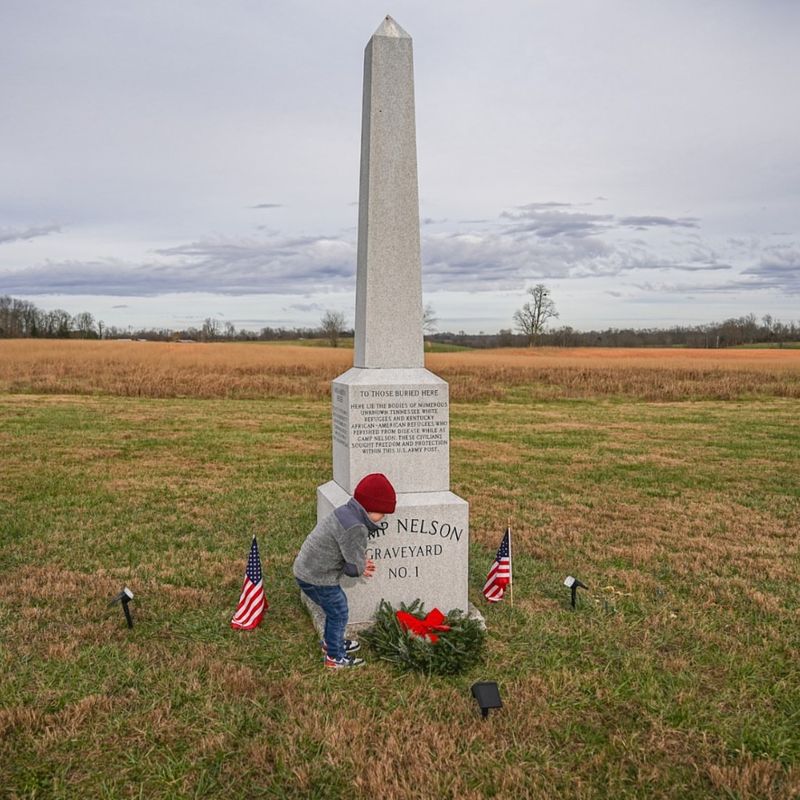
Rolling Kentucky hills hide the remarkable story of America’s largest recruitment center for African American soldiers during the Civil War. Camp Nelson transformed from a Union Army supply depot into a freedom camp where enslaved people risked everything to reach Union lines and claim liberty.
Over 10,000 formerly enslaved men enlisted here, often bringing their families seeking refuge. The camp became a dangerous gateway to freedom, as Kentucky remained a slave state despite staying in the Union.
Reconstructed barracks and officers’ quarters help visitors visualize the sprawling military camp. The interpretive center powerfully tells the story of families who faced incredible hardship in their quest for freedom that many Americans take for granted today.

Comments
Loading…